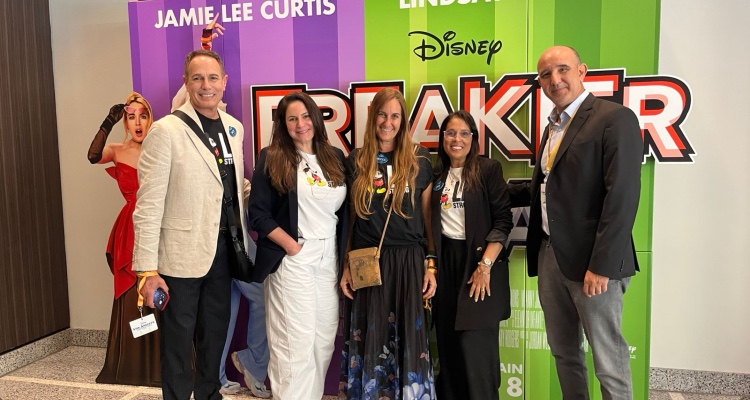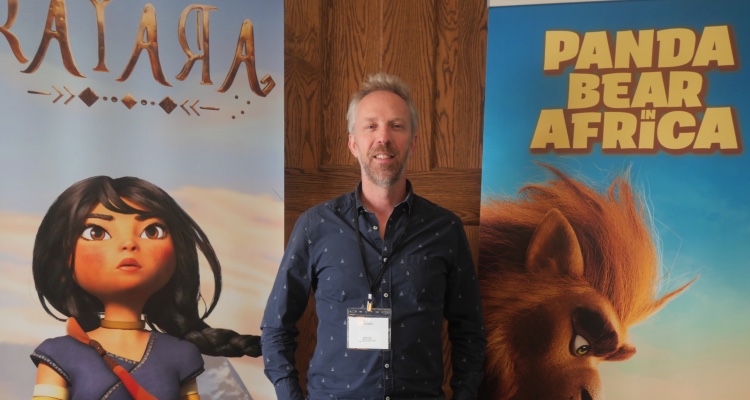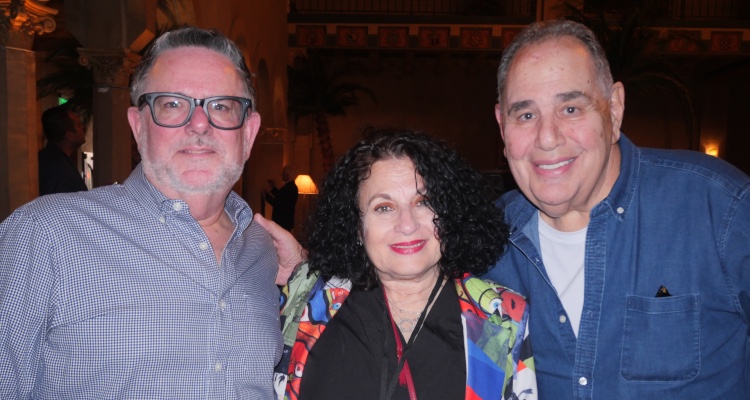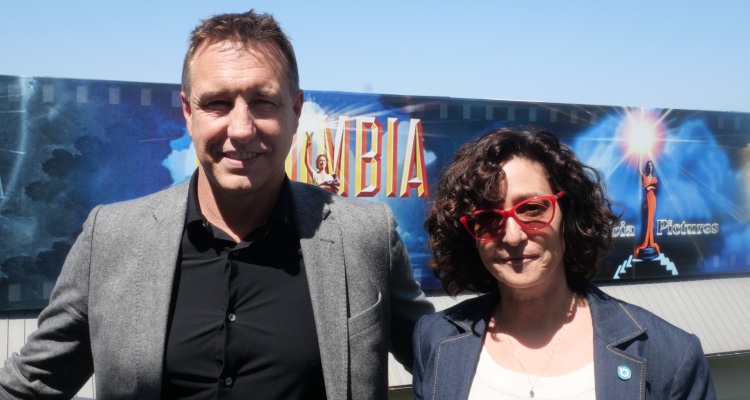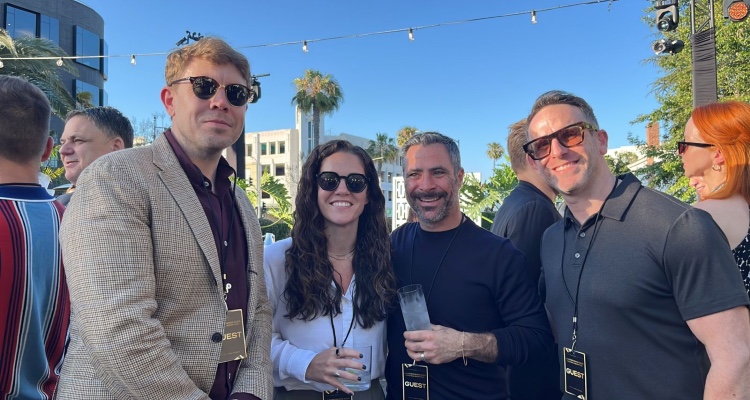
The panel ‘What’s hot in media: the creator economy’, presented by OMDIA and Webedia at MIP London 2025, brought together experts to discuss how the creator economy is redefining the media landscape. Moderated by Maria Rua Aguete, Head of Media and Entertainment at OMDIA, the panel featured Julian Allard, Senior Producer at Webedia, and Anha Benessalah, Director of Content and Non-Scripted Strategy at Webedia.
The session began with Omdia‘s analysis of the competition between Netflix and YouTube. According to the data presented, by 2025 Netflix will surpass YouTube in video revenue for the first time, reaching $46.2 billion, compared to YouTube’s $45.6 billion. While Netflix relies on subscriptions, YouTube continues to dominate with its advertising model.
María Rúa Aguete pointed out that both giants tend more towards collaboration than competition. One example of this is the use of YouTube influencers to promote series such as Squid Game, a strategy that demonstrates the power of creator-based marketing.
One of the key issues discussed was the change in the way audiences consume content. The rise of connected TVs is making YouTube look more and more like traditional TV, with an increasing demand for long-form content.
According to Rua Aguete, ‘YouTube’s growth on connected TVs is redefining monetization strategies. More and more studios see the platform as a primary distribution channel, not just a marketing tool.’
During the panel, Anha Benessalah highlighted how the profile of content creators has evolved: ‘Unlike YouTube pioneers, who focused on content volume, new creators prioritize quality and diversified monetization strategies. They are producers in their own right.
Julian Allard, meanwhile, highlighted the case of Kaizen, a documentary by youtuber Inoxtag (Inès Benazzouz), produced by Webedia with a budget of $1.5 million. ‘It shows that the production of high-quality content is no longer exclusive to the big studios.
The panel also explored the relationship between YouTube and the film industry. According to Rua Aguete, ‘YouTubers are helping to bring audiences back to the cinema. Warner Bros. has already released more than 37 free films on YouTube, recognizing its potential as a distribution platform’.
The case of Kaizen was an example of an innovative release strategy. Although the documentary was available for free on YouTube, it was first released in theatres with paid tickets, selling out in a matter of minutes. ‘The audience was not looking for exclusivity, but for the community experience,’ explained Allard.
The session concluded with a discussion on the role of brands in funding maker projects. Benessalah stressed that brands understand the value of an engaged community: ‘Nike and Orange funded Kaizen without seeing prior footage, relying on the connection of the creator with their audience’. The actual sponsors of the film were: Nike, Air Up, Deezer, Orange, Les Produits Laitiers, Fitness Park, Erborian and Therm-ic. The North Face provided clothing and equipment, and successfully leveraged its visibility in the documentary, especially in the Everest ascent scenes.
The key message from the panel was that collaboration, not competition, will define the future of the maker economy. ‘The growth of platforms and creators is not exclusive. A strategic approach allows everyone to benefit,’ concluded Rúa Aguete.

